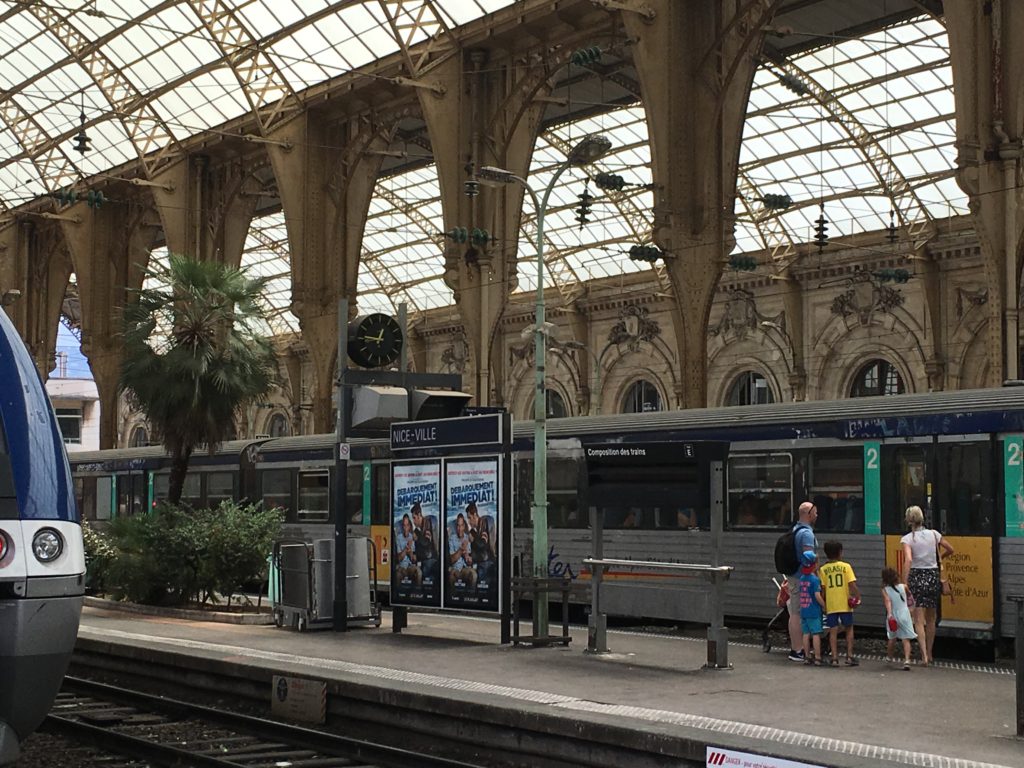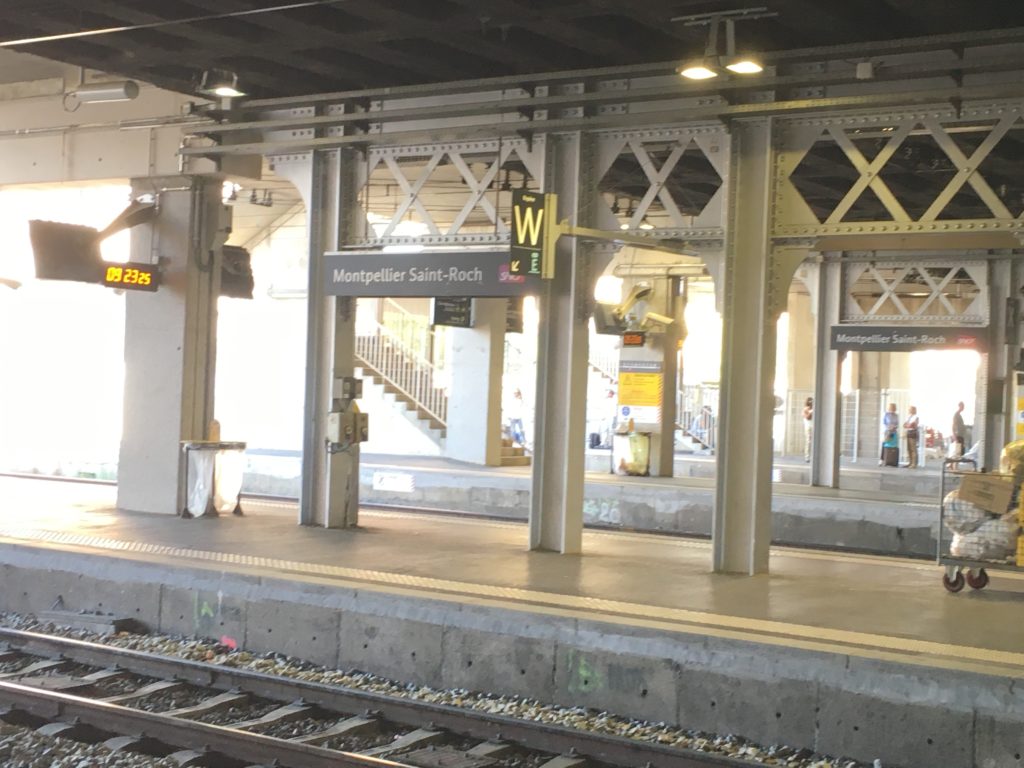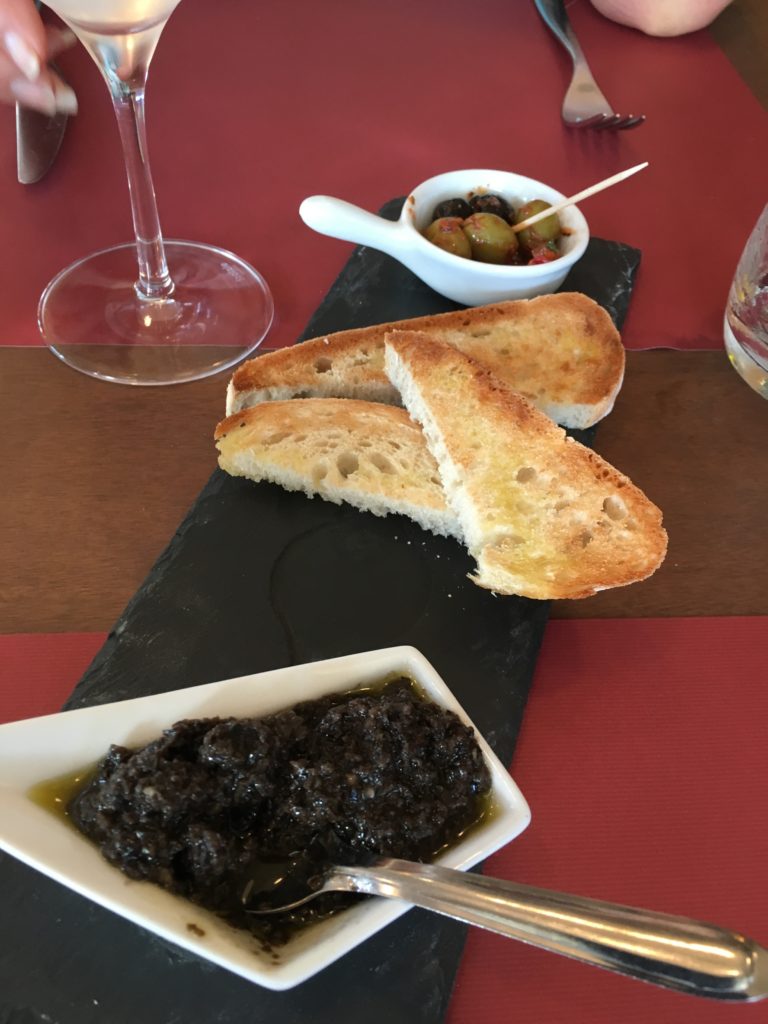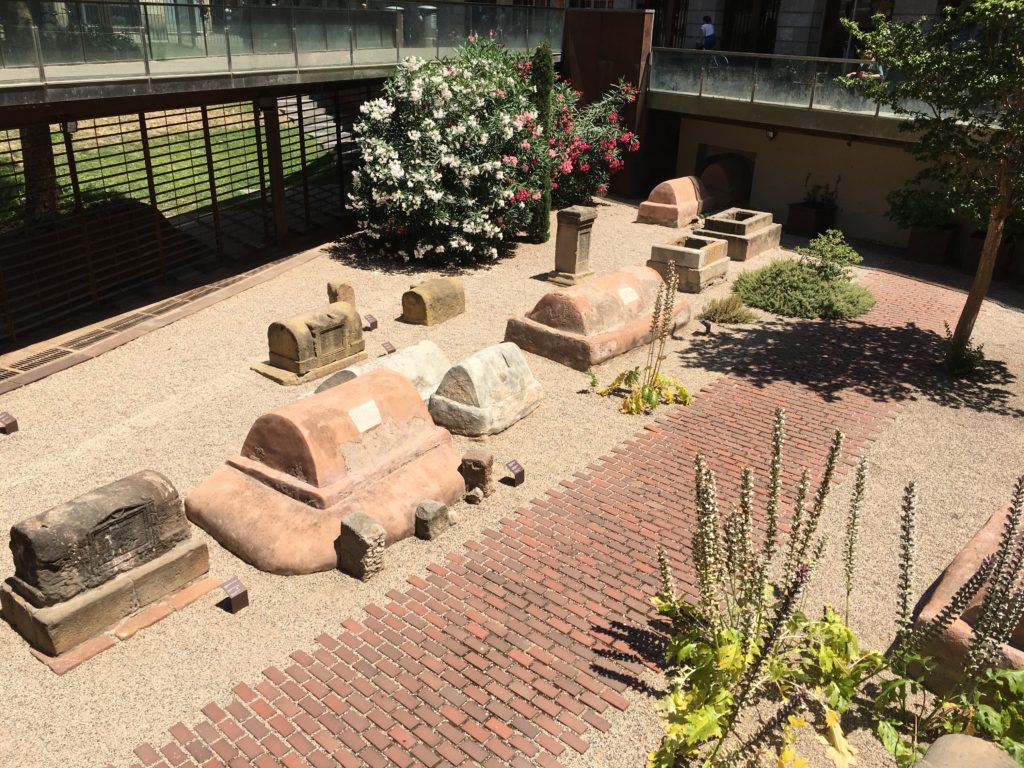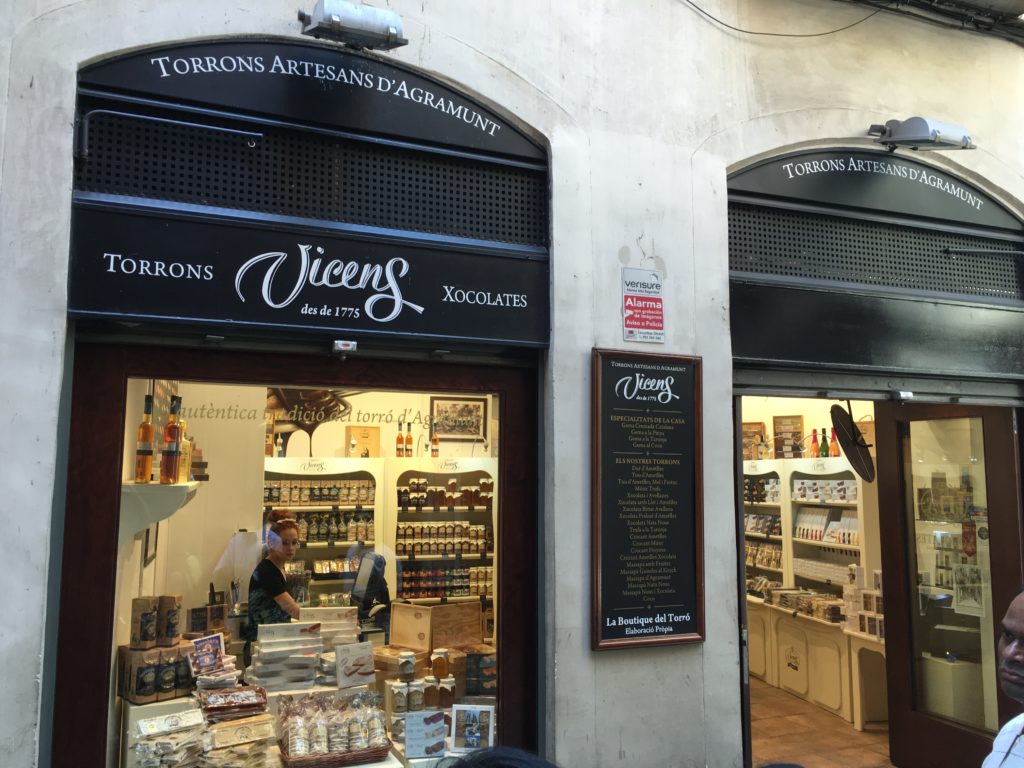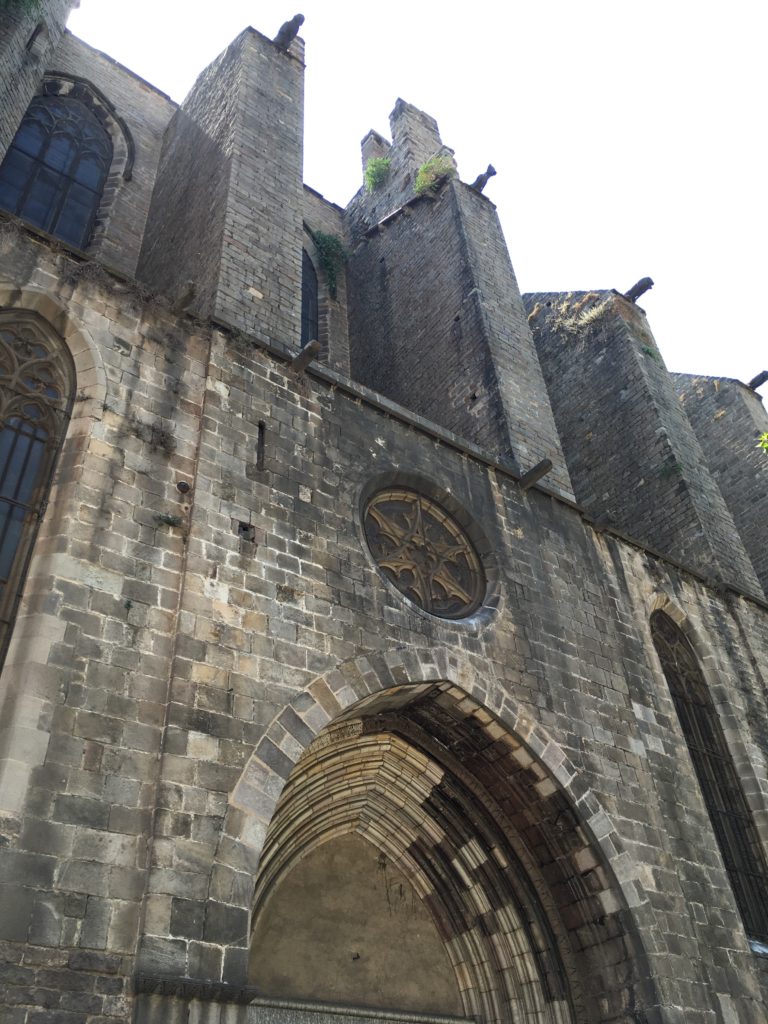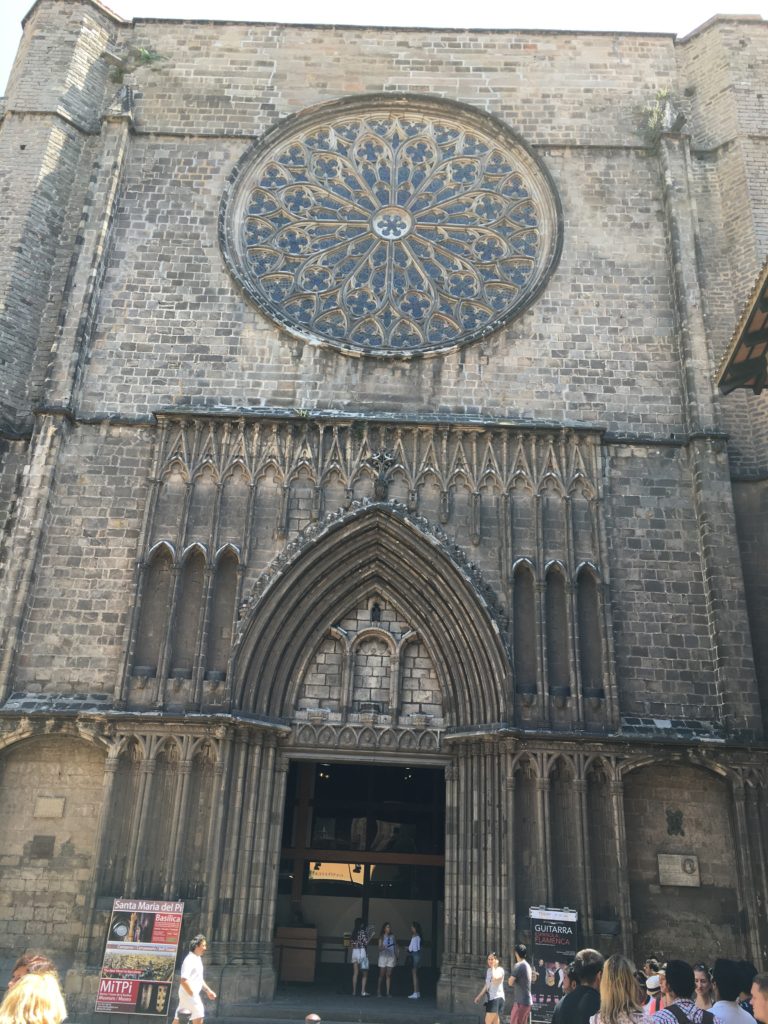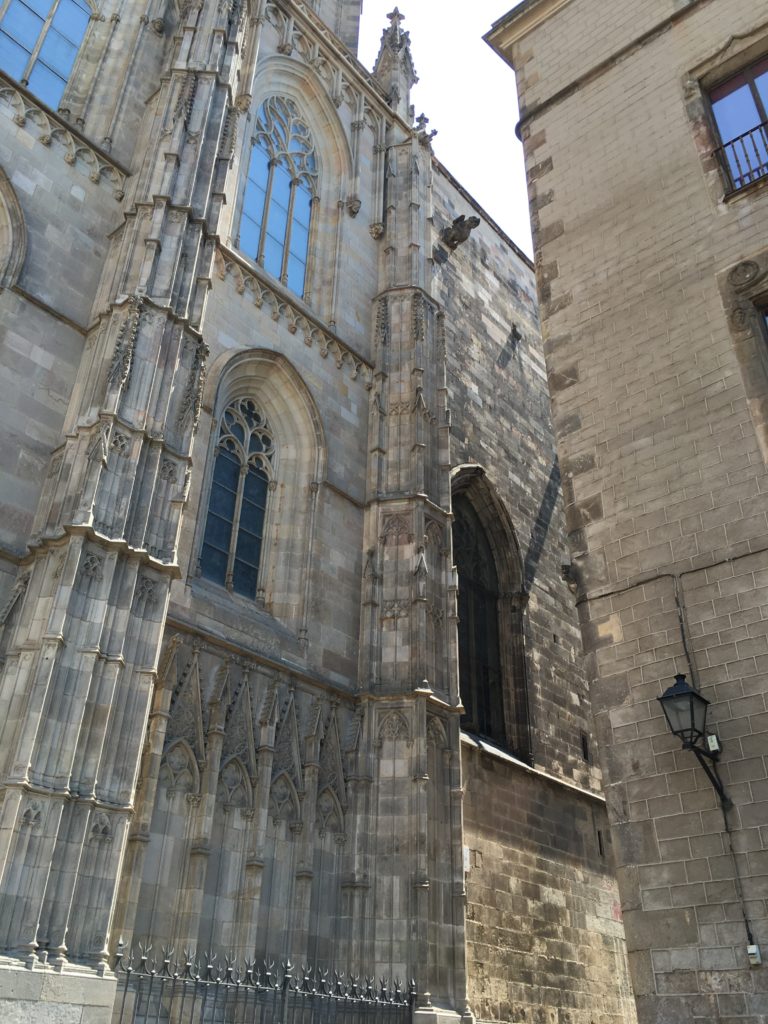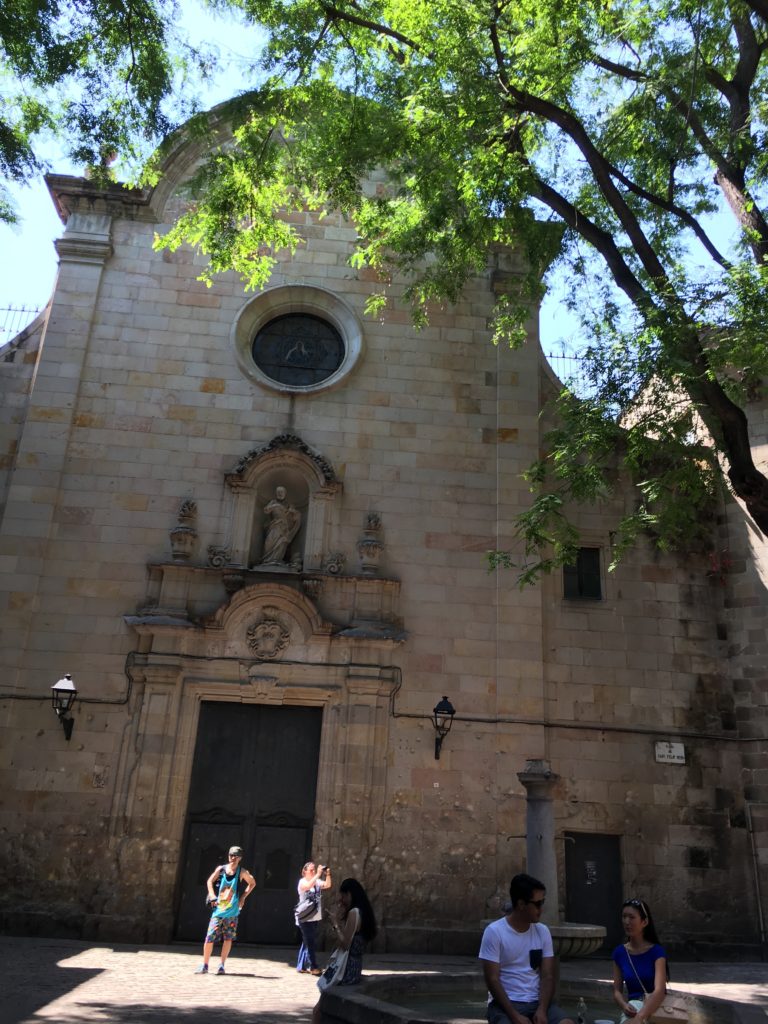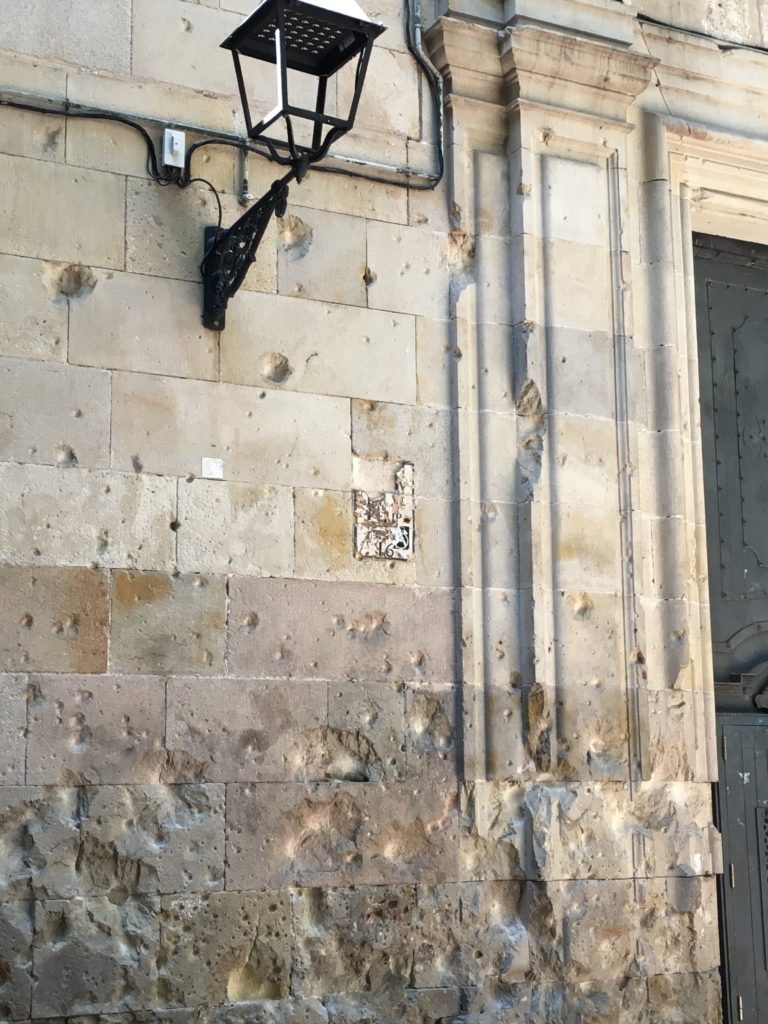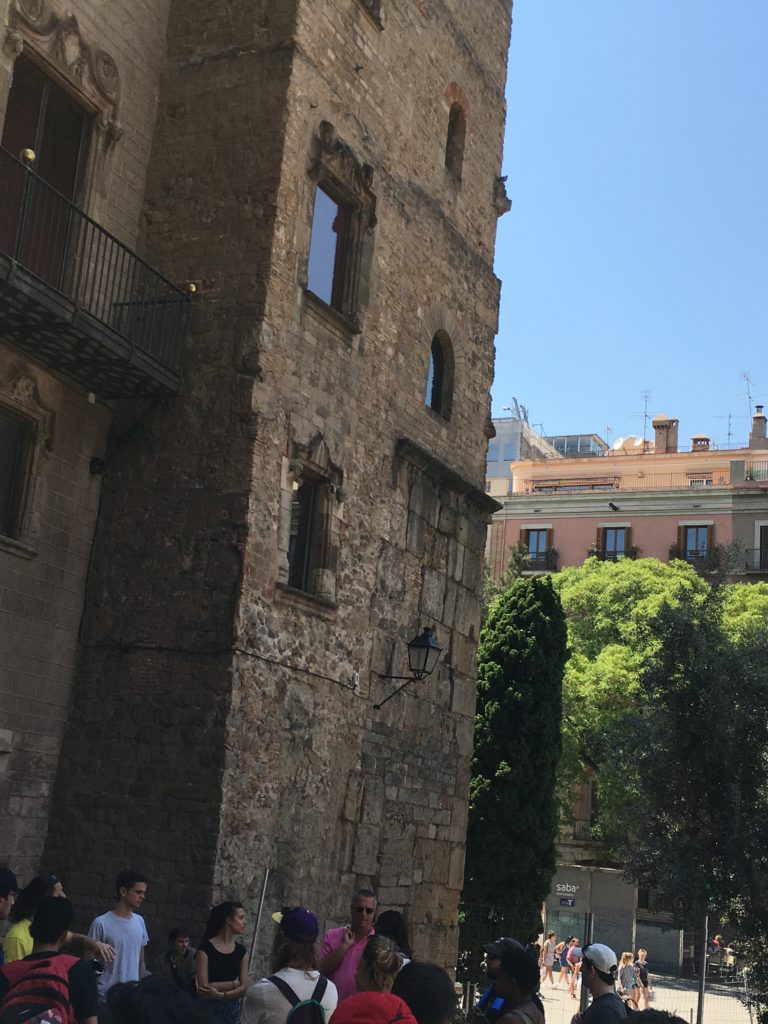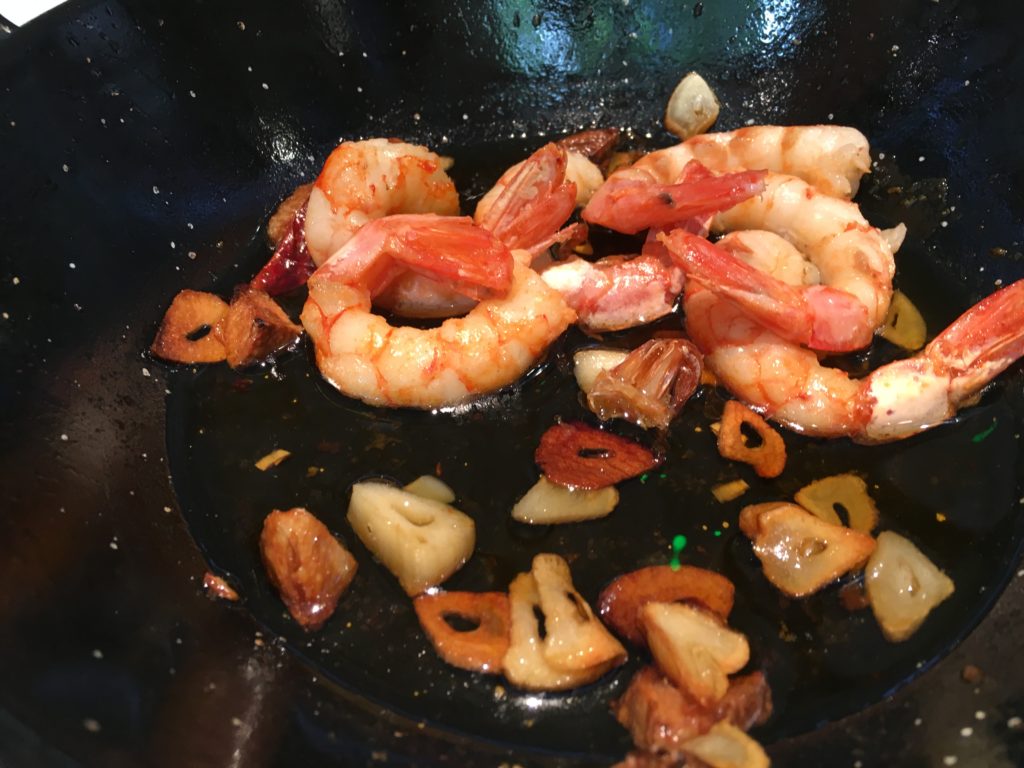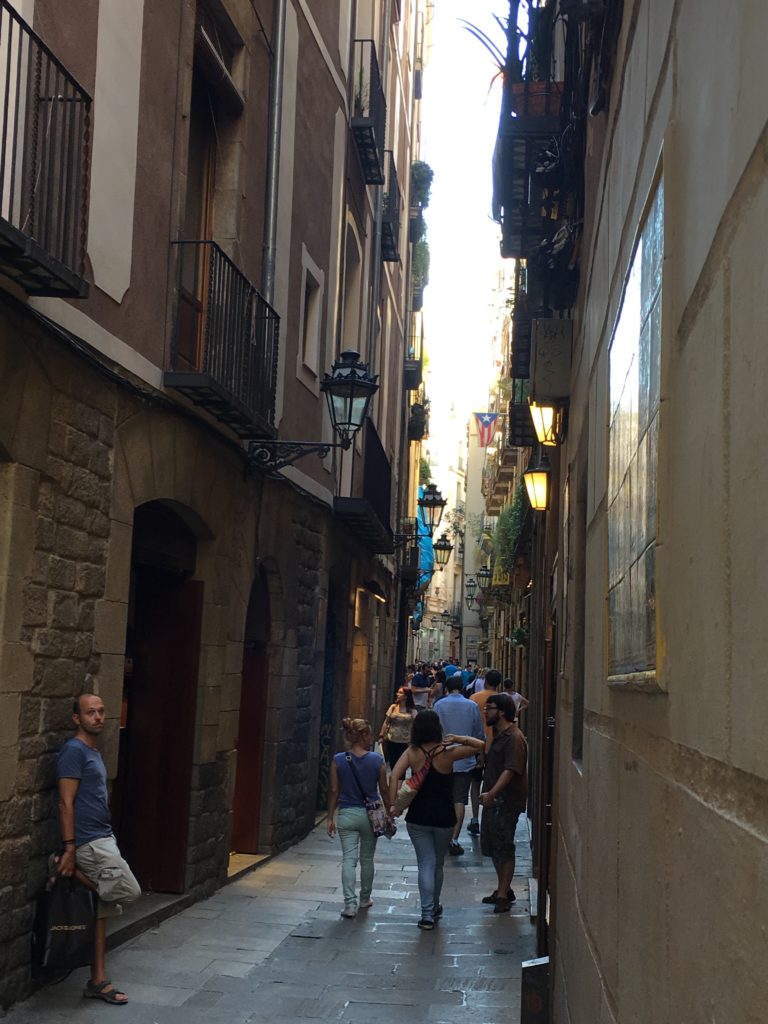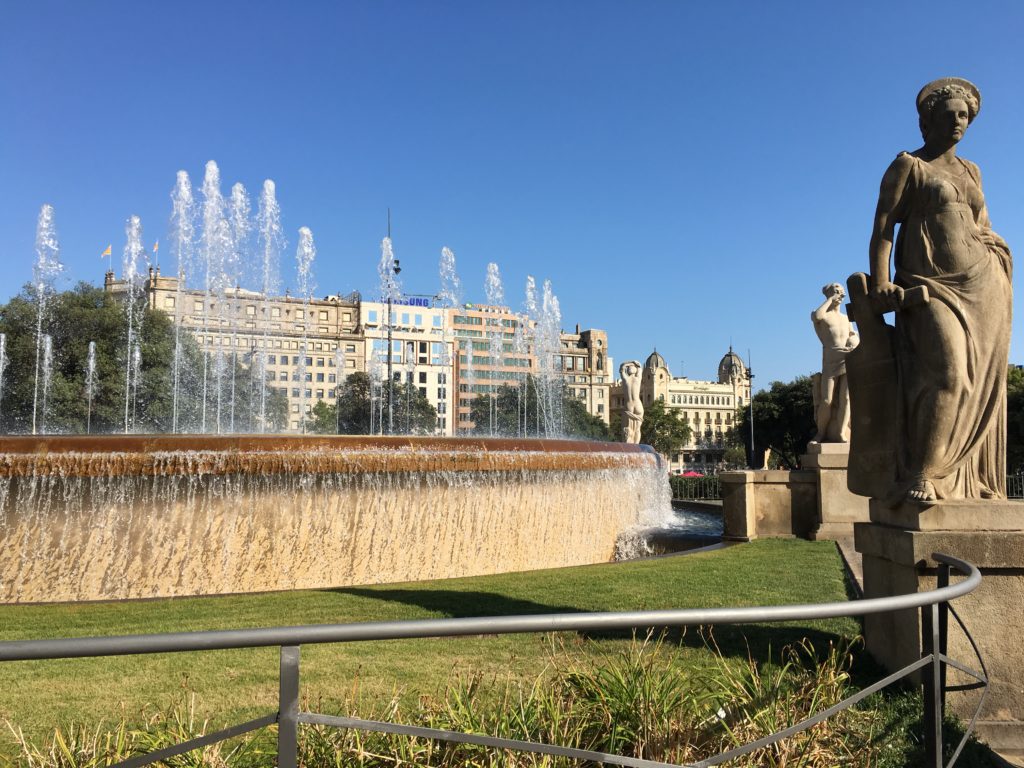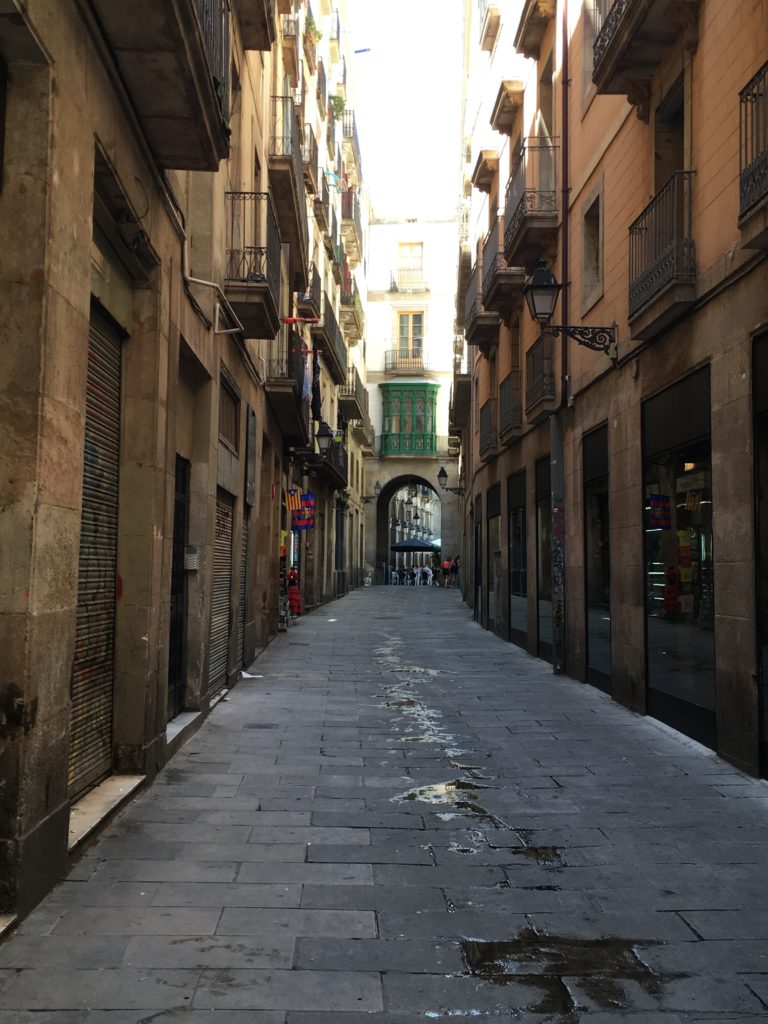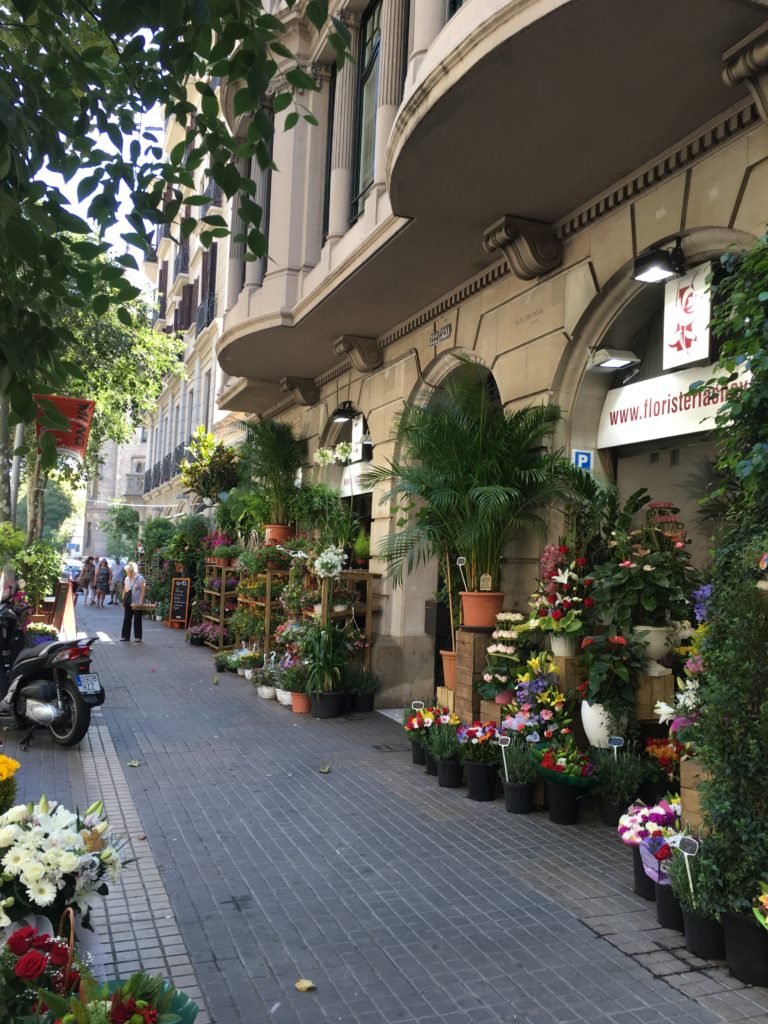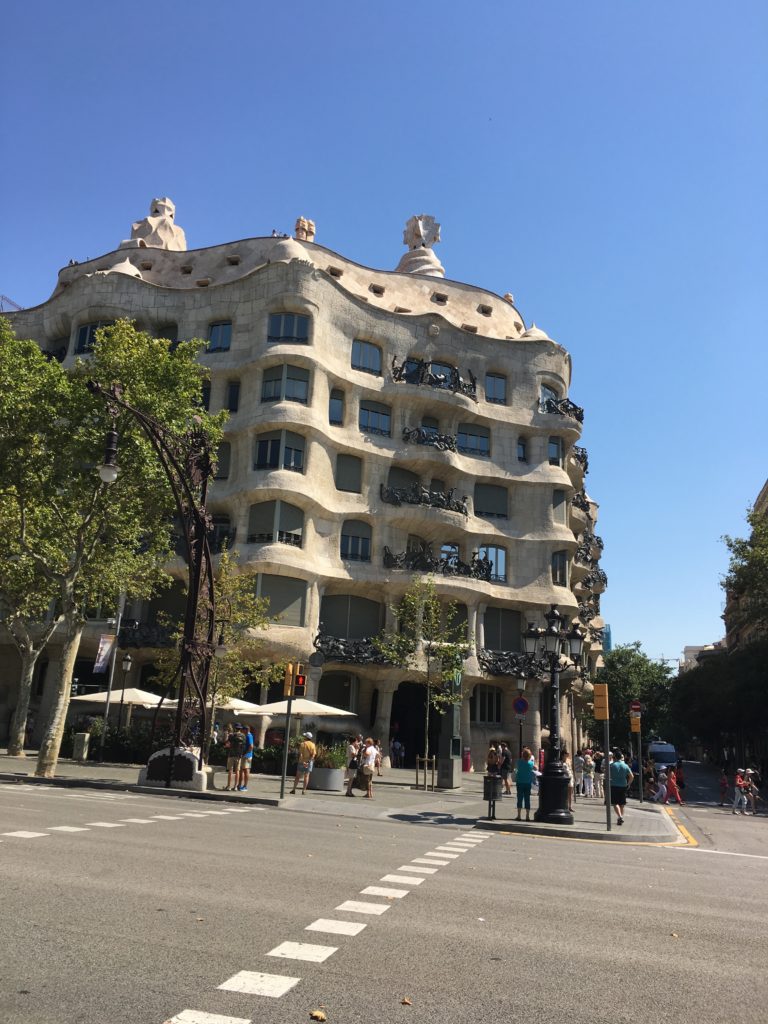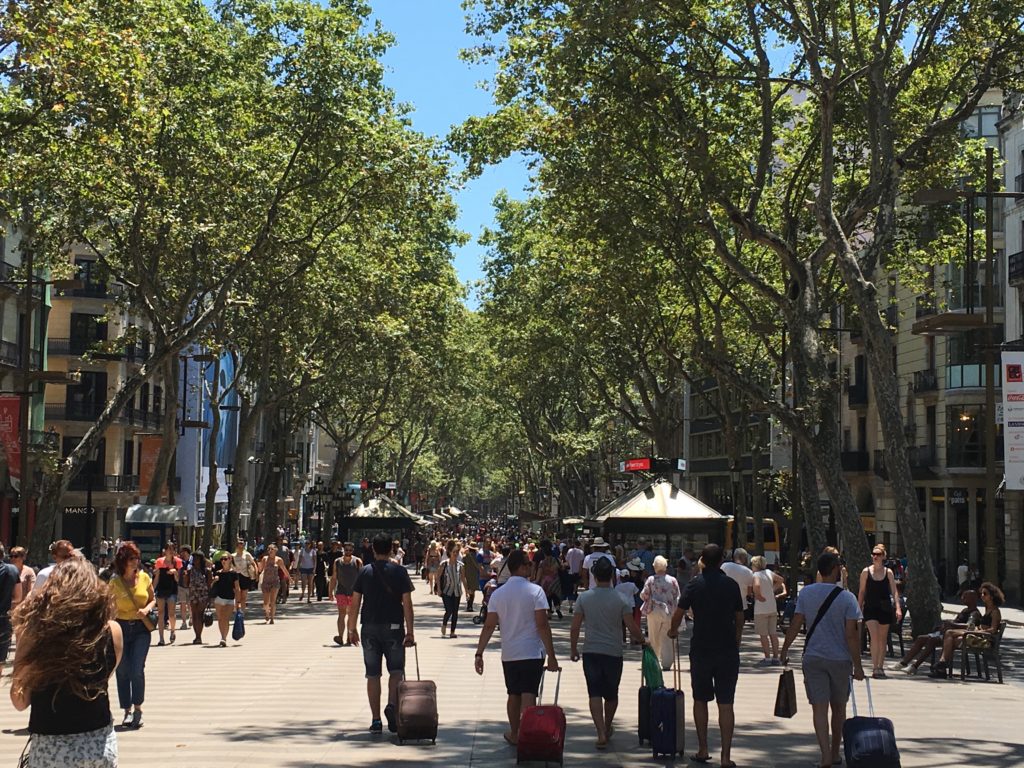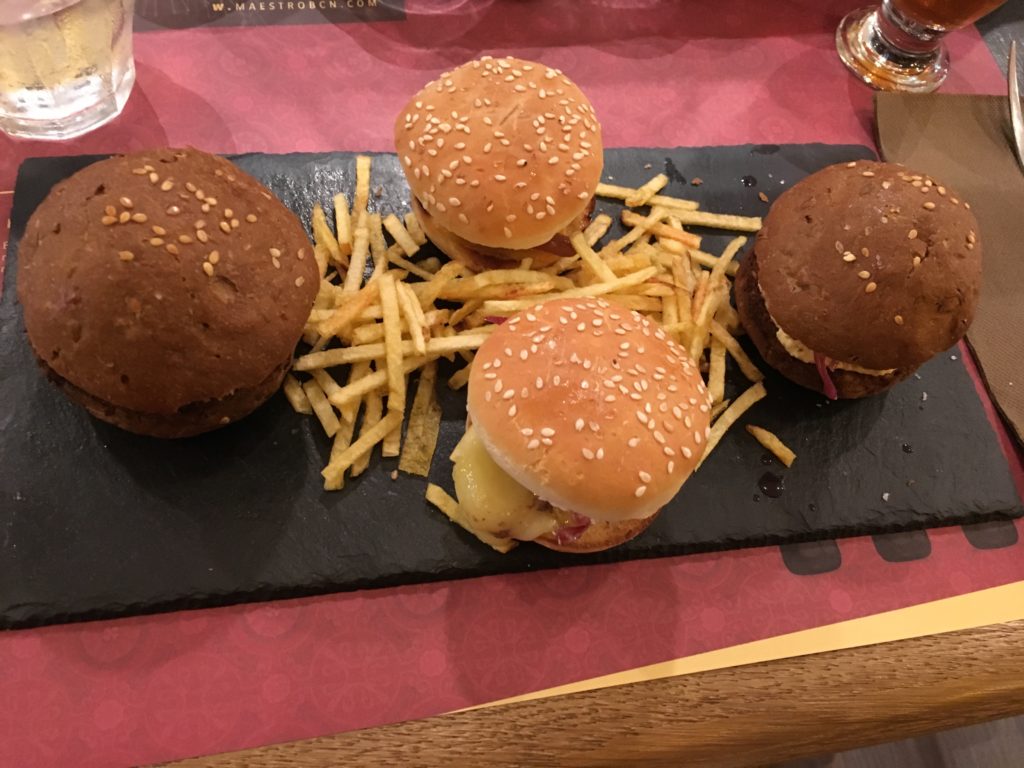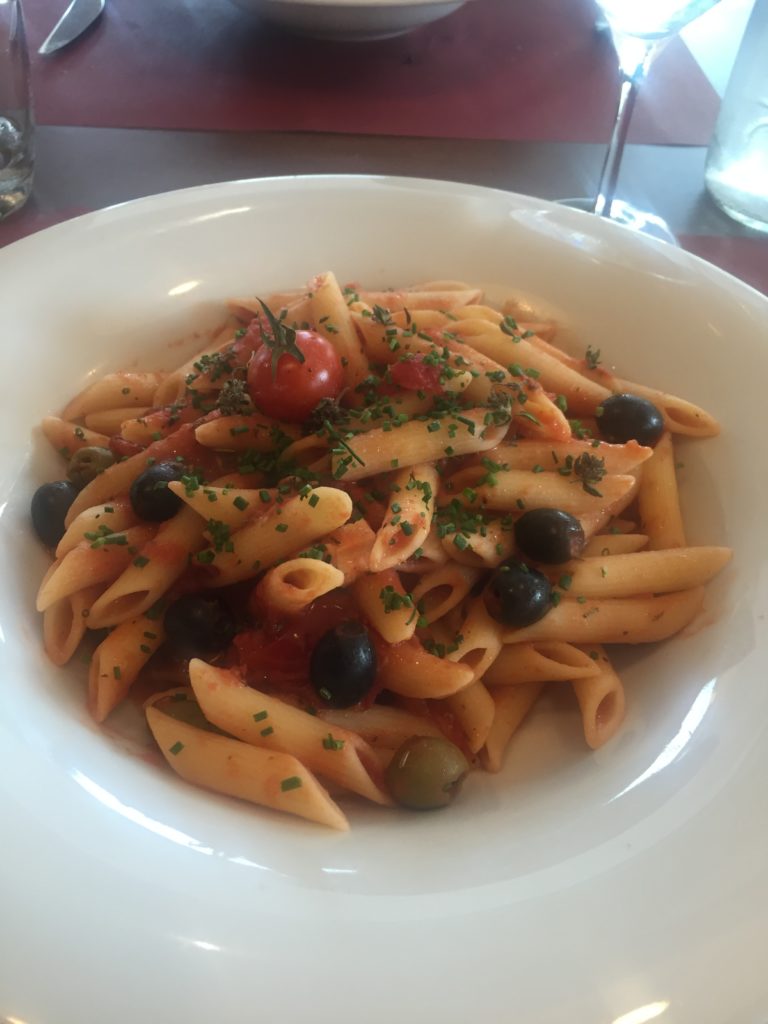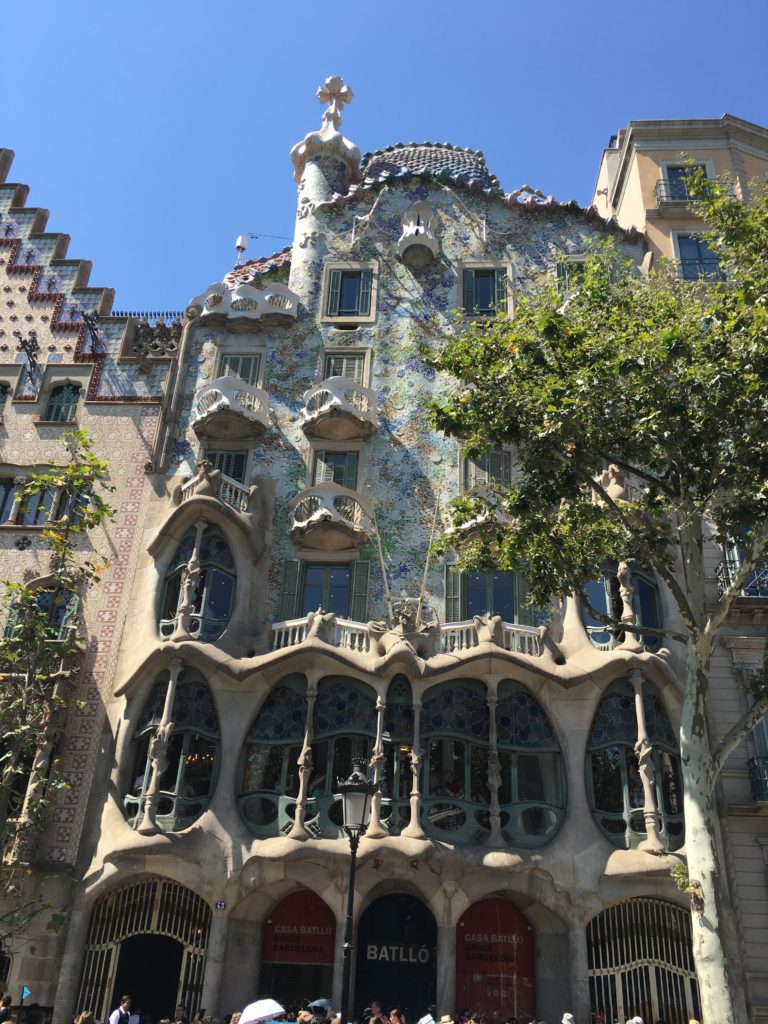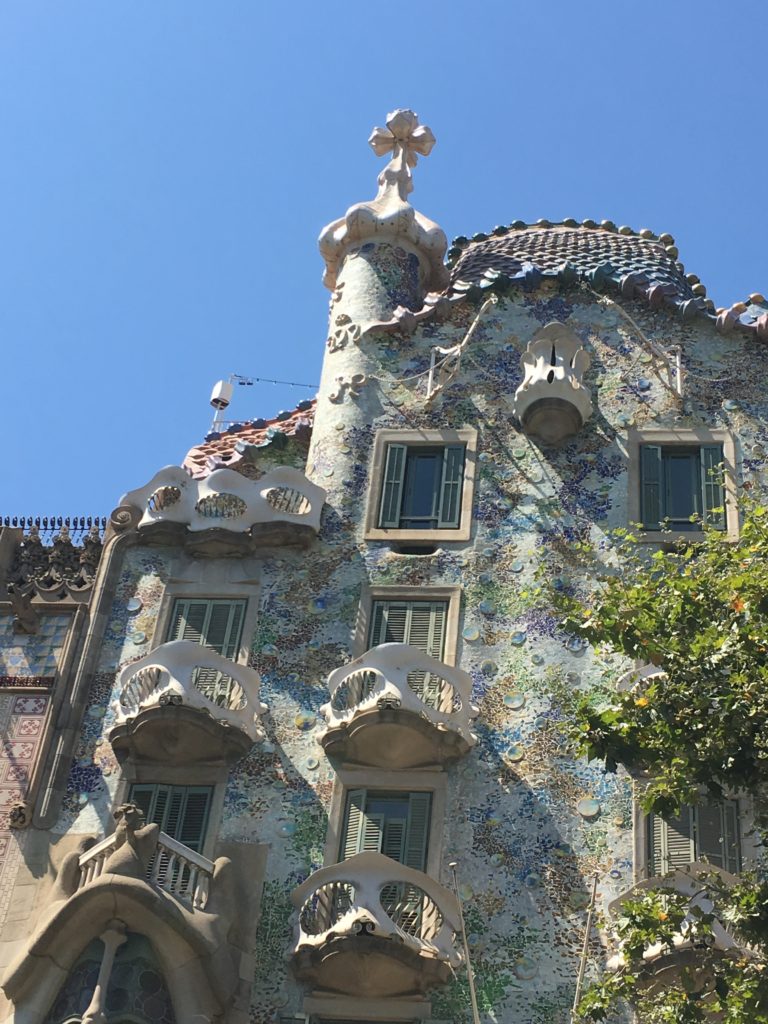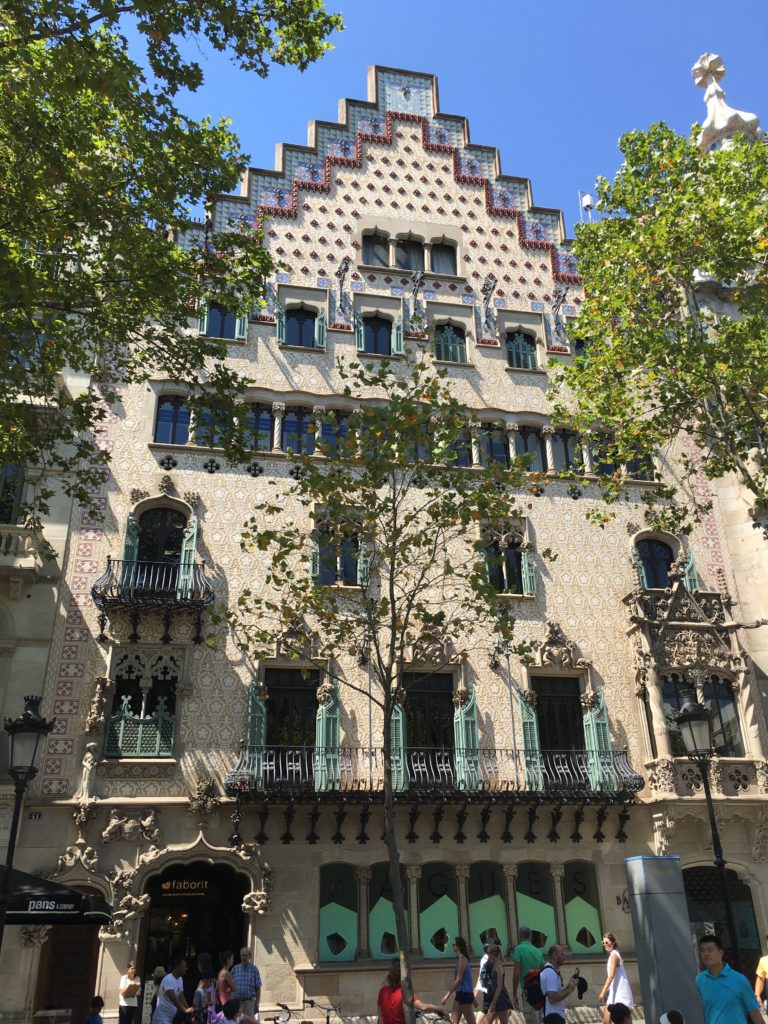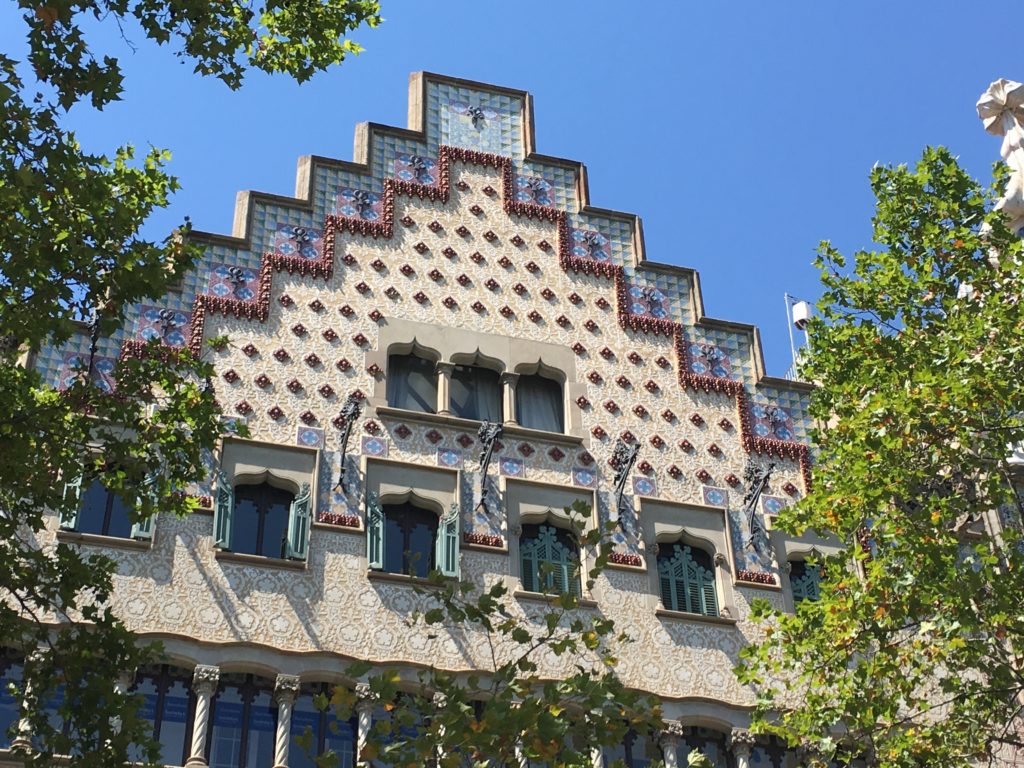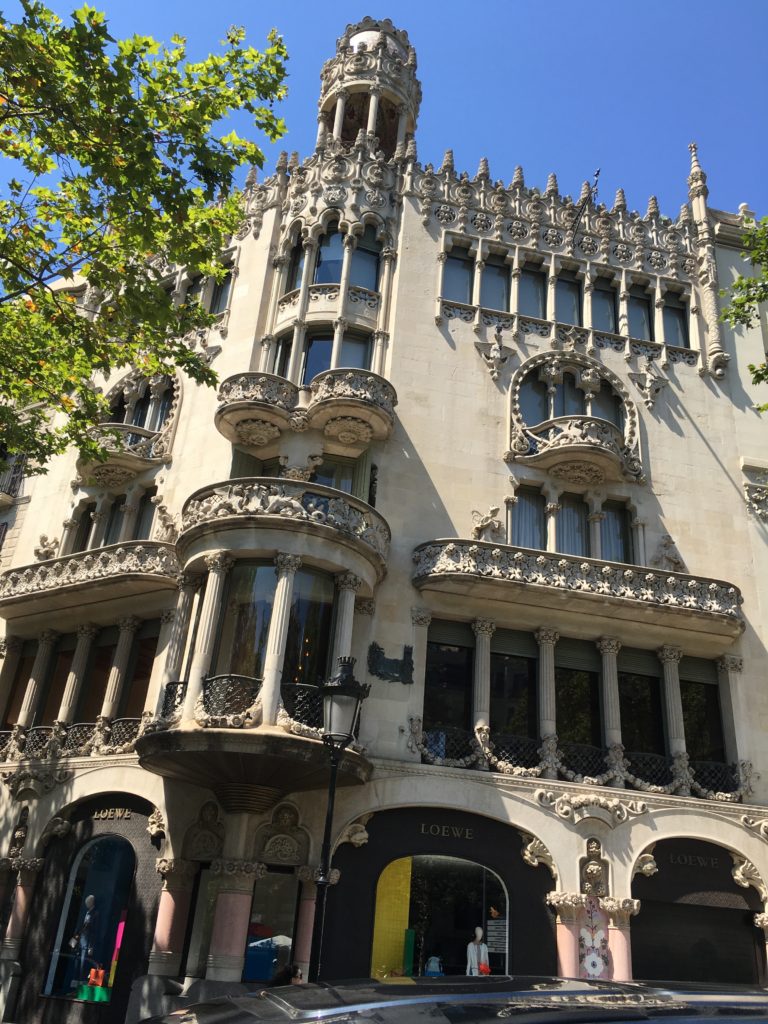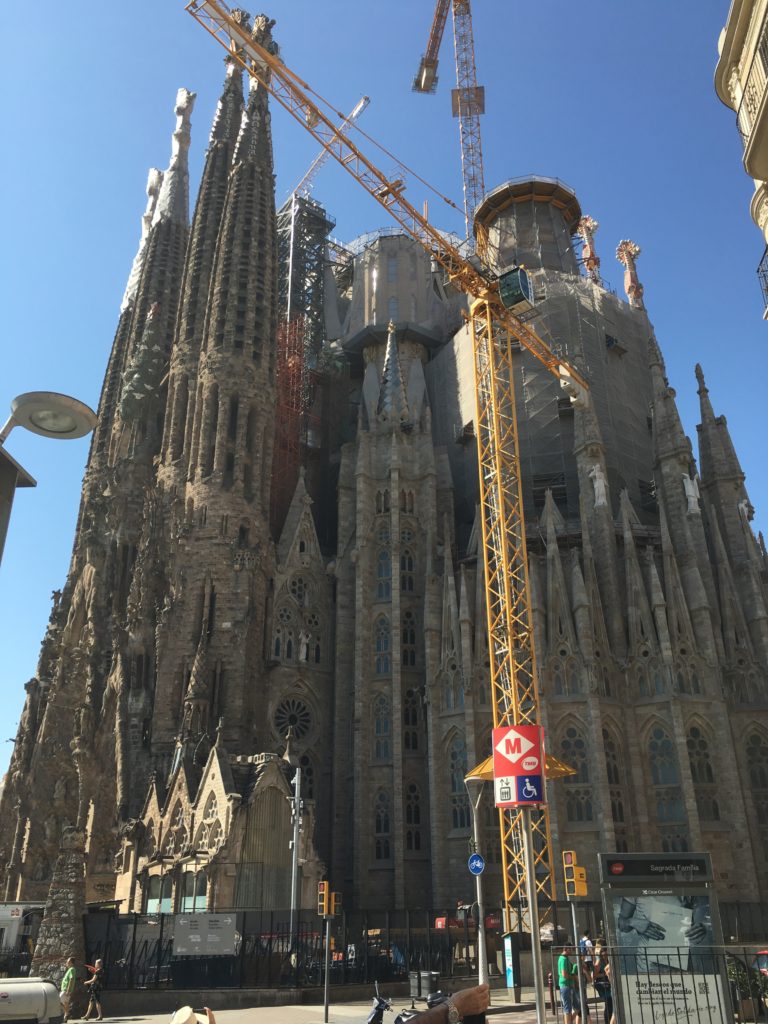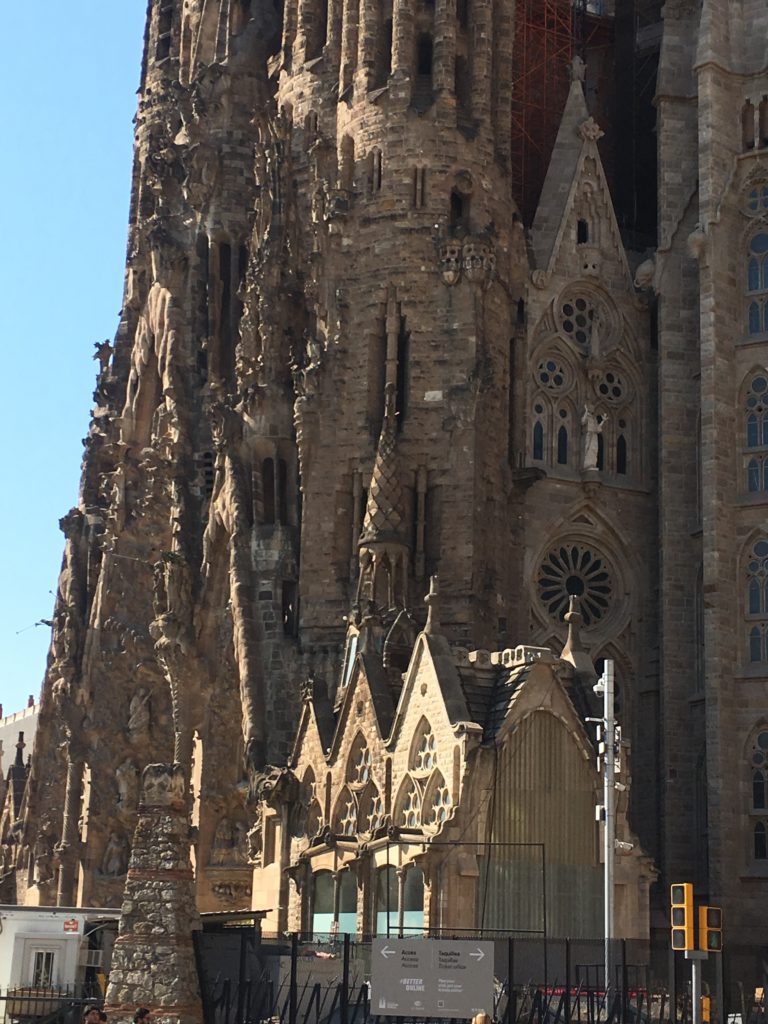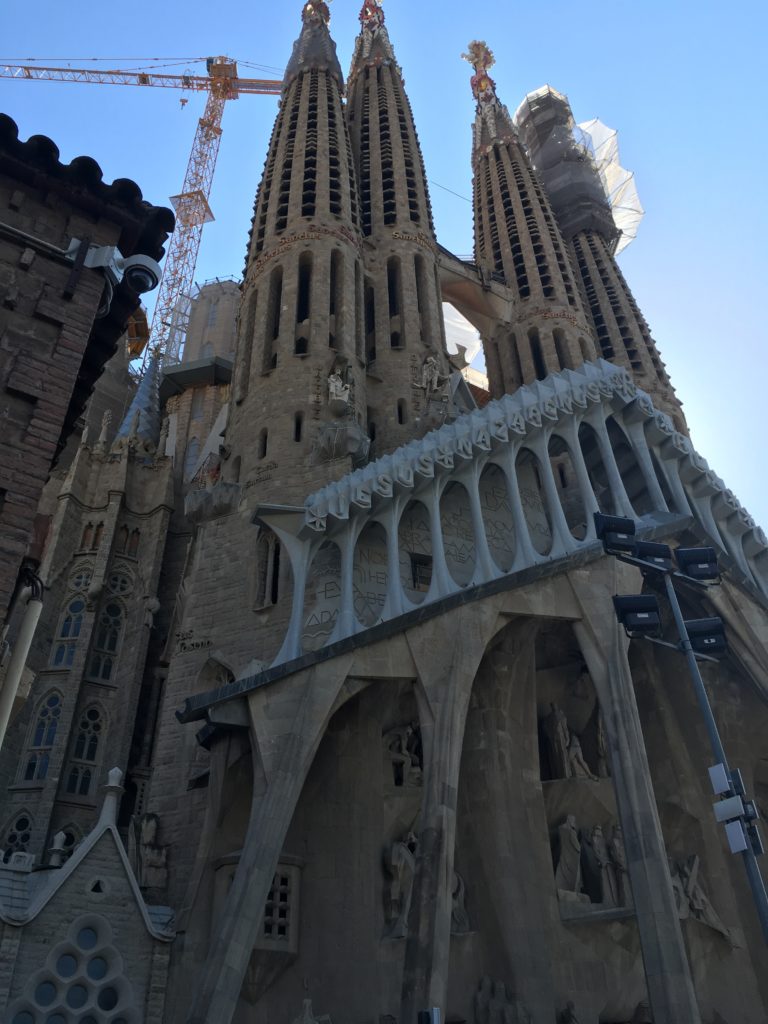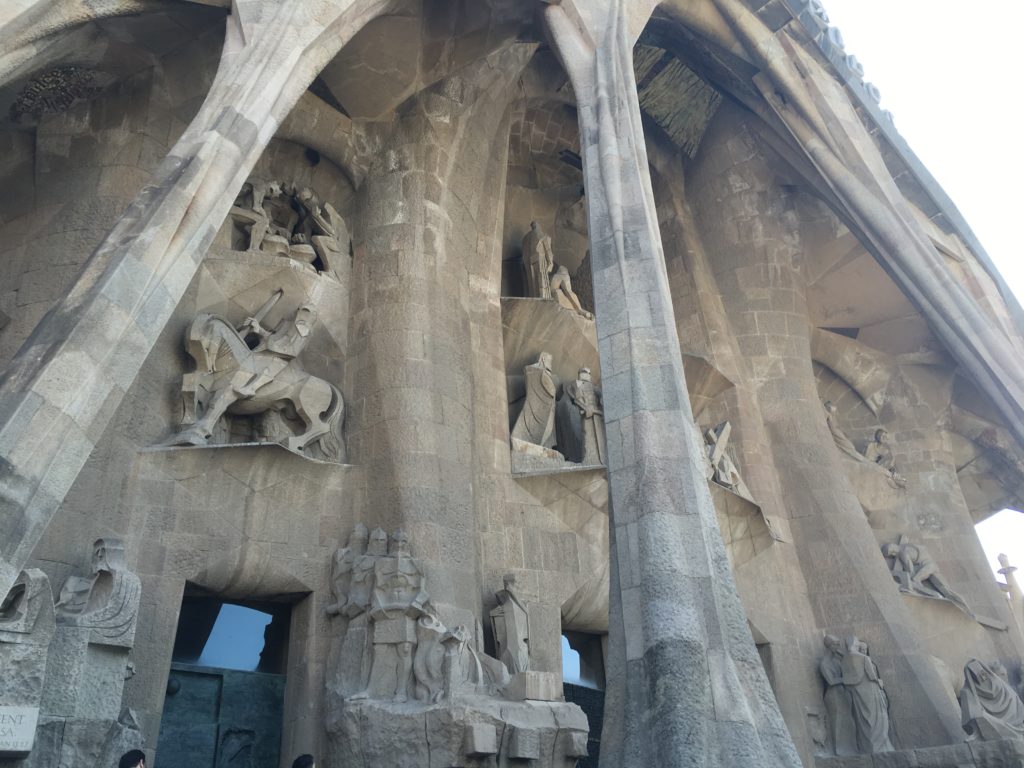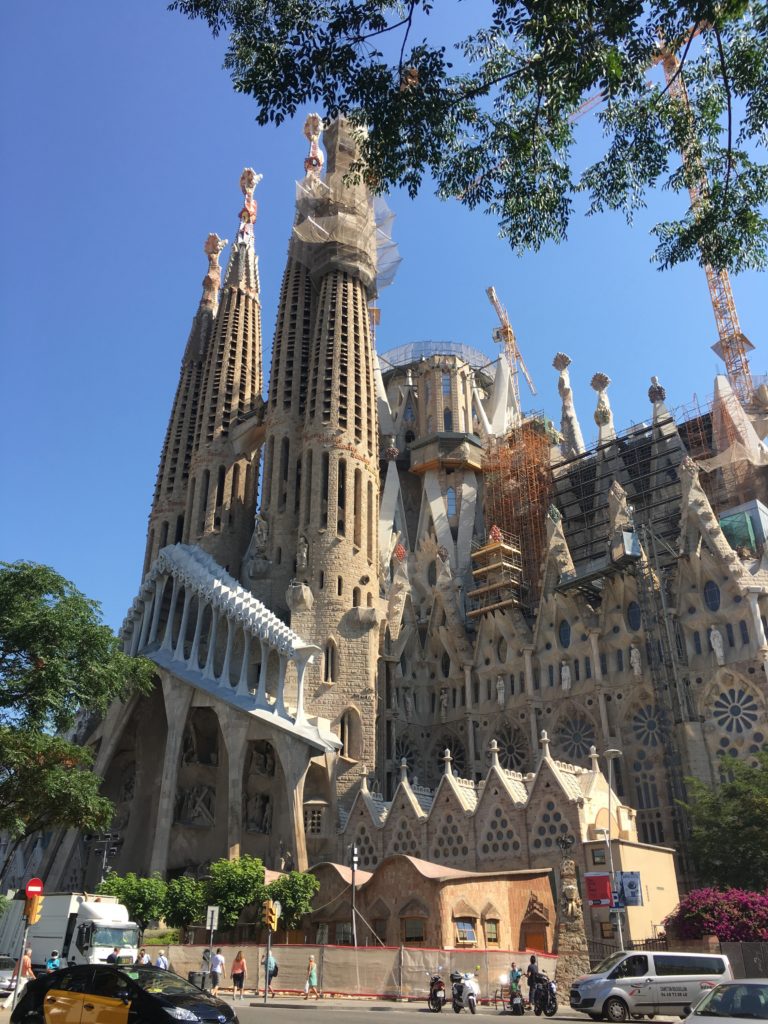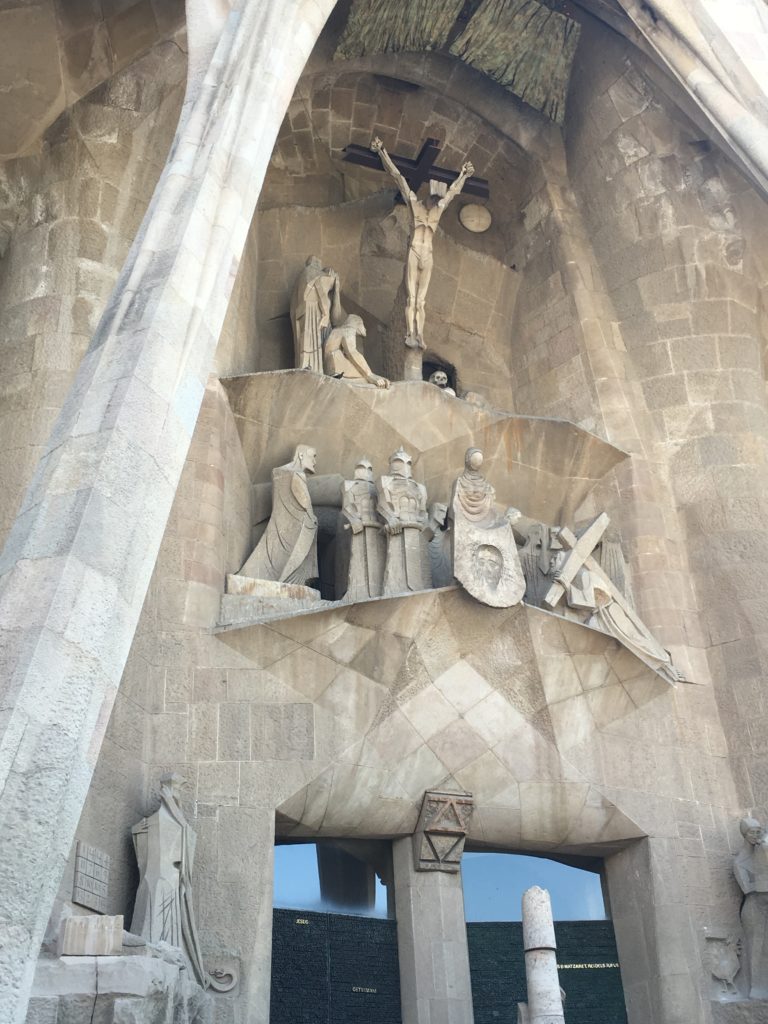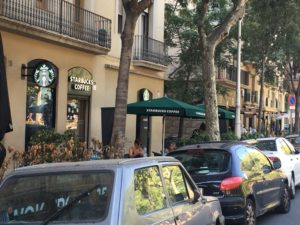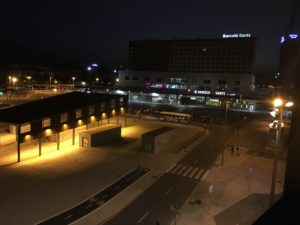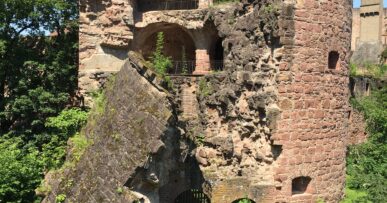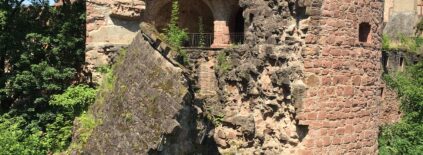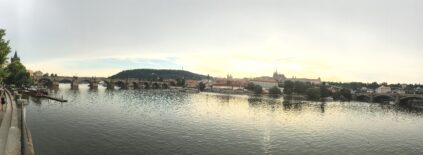We took an entire day, really was earned after our walks, to train from the Cinque Terra to Barcelona, stopping in Montpellier in the evening to stay in a relaxing hotel and get a savory dinner. We have been on two night trains and while they hold a certain excitement and practicality to them the rest you get in a hotel, as well as a refreshing shower, can’t be beat. This excursion tested our ability to ride the rails, we started in Manarola, Cinque Terra at 5:10, then the 6:24 La Spezia to Genova Principle, 8:56 Genova P. to Nice Ville, 12:34 Nice Ville to Marseille, this is where the day got tougher. The train accumulated elongated stops and was now late by thirty minutes so they decided to ‘let us off’ in Toulon to have us find a regional train direct to Marseille so time could be make up. This did not make many of our fellow passengers happy as we were ‘kicked off’. We boarded the 15:45 to Marseille and waited a short twenty five minutes for our last train of the day to Montpellier arriving at 18:57. We are actually very good with long distance and regional trains as well as the local trams and subways. I think I had a concerned look, could have been the fourteen hours on a train, so a kind local gentleman offered to help. He walked us to the local tram, showed us how to purchase a ticket and which direction we should set to, all the time talking about his time in Portland, Oregon working the new fibre networks systems there. I think he wanted to practice his English:) A beautiful Courtyard and fabulous dinner we were ready to get back on a train for the final three hours to Barcelona the next day.
Arriving at Barcelona Sants, we dropped our bags at our hotel that is only a hundred feet from the station sortie. Not wanting to miss our 2:00pm tour we hesitantly caught a taxi out front. At almost every city we have been warned by others not to take taxi’s as they are expensive. We did anyway. AC and a quick driver, fifteen minutes and ten euros shorter we were in Barcelona Old Town, Placa de Catalunya. Our tour of twenty was guided by former student form New Jersey who after taking a University abroad experience returned and has been here ten years. We such a cultural and historical perspective from the guides, it is unfortunate that I cannot write it all down. He showed us the development of architecture from the Romans, Gothic to Neo-Gothic. Each church he showed grew as the revolution of the buttress allowed them to expand upward towards the heavens and slated long narrow windows where stained ornate glass could be installed to let in light and create stories through the ages. As the years moved on and styles changed the facades of the buildings were simply pasted with stucco dominating the neo-gothic age.
The Church of Sant Felip Neri is in a beautiful square with high trees to shade its occupants. The pocked walls are a reminder of the Spanish Civil War where the influence of carpet-bombing became a wartime practice, killing as many as forty-two innocent people including children in this 1938 aerial bombing.
Zigging and Zaggin’ down the narrow dim streets that Barcelona was forced to live in we found many stores, markets, tapa’s restaurants and even what our guide deemed a Chocolate Street. He warned us not to ask for that as we would be looked at as if we were crazy, no such designation to the public. Of course I got a small amount to sample with my Sunday morning coffee once we were back home. I did not try but should have the confection of a chocolate covered ‘churro’, I’m sure it would have been very edible. We finally ended at the harbor which was stunning, not always as prior to the Olympic games this quarter was run down and held by the fishing sects a shame to Barcelonans so they turned away, having their backs to the sea. It has been revitalized as many other old towns have throughout the world with the new and improving economy. We stood at the sculpture by ,reminiscent of Gaudi’ and a piece of Picasso at the top.
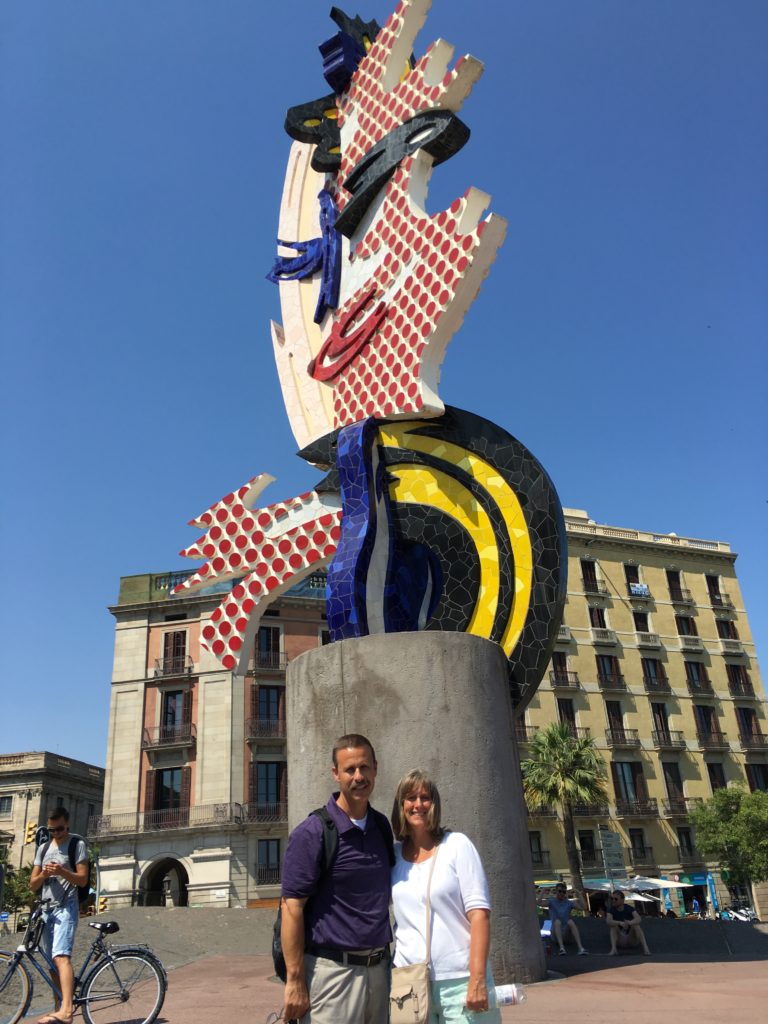
The meals end early and will start back up past our bedtime. Therefore we do as they do and grazed on the multitude of Tapa’s bar and restaurants strung out through the streets in every direction. A plate of sautéed small peppers or shrimp is not uncommon. If it can be grilled, fried or cooked quickly and in small portions then it can be a tapa! Late, we caught the next train back to the hotel, platform 2 any train one stop.
Like most settlements in Europe, Catalunya (the province Barcelona is in) was established by the Romans as a retirement community and developed into a powerful kingdom because of the source of wood, coal, abundance of rivers flowing from the Pyrenees and its location on the Mediterranean. As it transitioned into the Golden Age it was dominated by the rule of Madrid, the thumb of central government actually stagnated its cultural and economic growth until the mid 1800’s. Queen Isabella II in 1854 loosened the reins on Barcelona, which until now was forced to stay within its medieval walls growing to 200,000 crammed citizens. The walls were torn down and a civil engineer, Ildefons Cerda’ created a fascinatingly genius grid of streets that allowed its residents the convenient access to hospitals, schools, markets and parks. By cutting off the corners creating an octagonal shape where all streets meet he allowed the new area Eiample to feel spacious and full of light.
As it was a Sunday we could not find a market open but had a great time touring the streets, sampling a few tapa’s and a beverage or two.
Loved seeing the Sagrada Familia, a Gothic style church that Barcelona has labored to create for over 130 years. Usually we encounter these mammoth structures once they are completed, many taking hundreds of years to complete, this one however is still under construction. The famous architect Antonio Gaudi’ began this project in 1883 with his own art nouveau imagination, working on it for forty- three years where upon his death the foundation began to finish what had only been completed to twenty percent. The facade is so interestingly beautiful, none like it have been built.
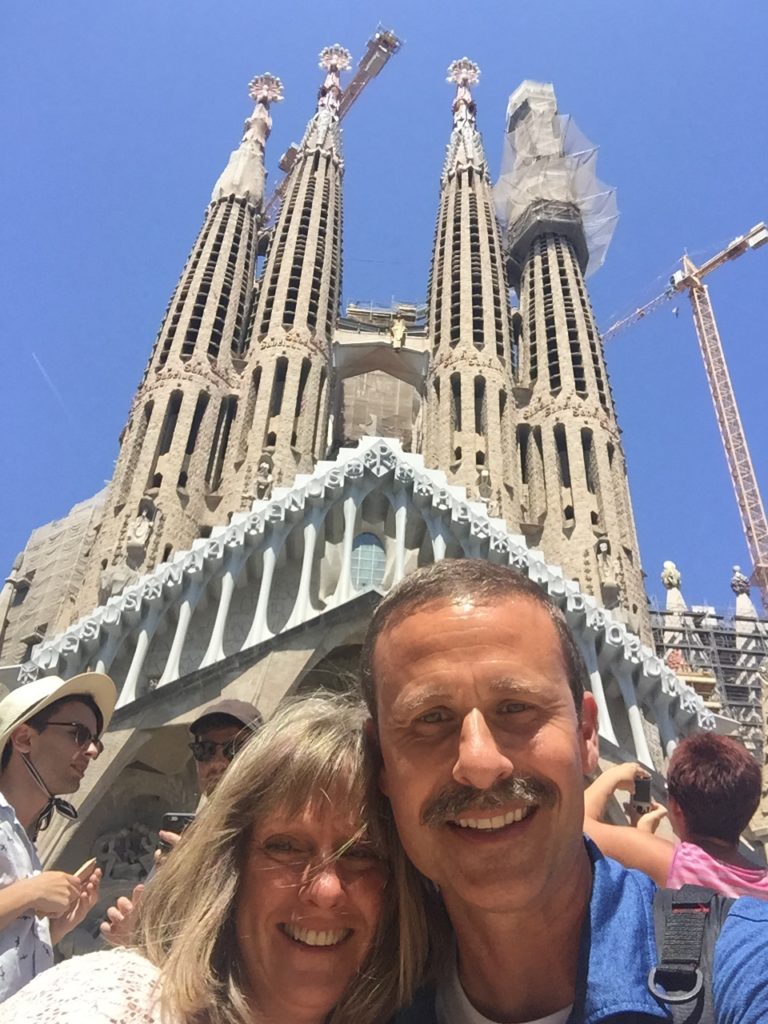
We finished the day with a ramble down Las Ramblas, a pedestrian only Champs-Elysees. This tree lined street, creating a canopy of shade for us, has all the entertainment needed; shops, tents, souvenirs and other people watching amusements. Dropping down the nearest Metro station we were once again back at our hotel just in time to see the running of the bulls in Pamplona, oh so close to us:) Good night Barcelona, you are a beautiful city.


